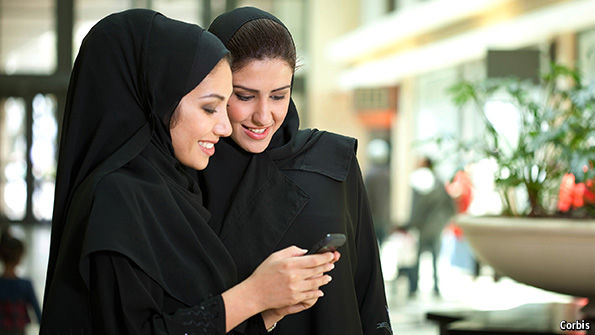
The Economist reported on a new project titled “Why We Post” that “refute[s] much received wisdom” regarding the use of social media:
- Selfies: Are selfies guilty of “fostering self-regard and an undue focus on attractiveness”? “In Italy girls were indeed seen to take dozens of pictures of themselves before settling on one to post. In Brazil many selfies posted by men were taken at the gym. But at the British site, Dr Miller found, schoolchildren posted five times as many “groupies” (images of the picture-taker with friends) as they did selfies. Britons have also created a category called “uglies”, wherein the purpose is to take as unflattering a self-portrait as possible. And in Chile another unique genre has developed: the “footie”. This is a shot taken of the user’s propped-up feet, a sign of relaxation.”
- Memes: Do memes “debase traditional forms of public debate…spreading far and wide with little context”? “In India they tend to focus on serious and religious issues; Trinidadian memes are more often send-ups of politicians. Yet in all cases Dr Miller sees meme-passing not as limiting what social-media users think and say, but as enabling discourse. Many users happily forward memes laced with strong ideological messages about which they would not dare to comment individually.”
- Image: Are profiles “false fronts designed for the medium at hand”? Trinidadians “see online profiles as more representative of a person’s true self even than what is seen in real life. And, though the perceived loss through social media of the anonymity that once characterised online life causes much hand-wringing in the West, young boys and girls in Turkey see things differently. Social media permit them to be in constant contact with one another, in full view of their parents, but to keep their conversations and photos to themselves.”
- Distraction vs. Education: “In rural China and Turkey social media were viewed as a distraction from education. But in industrial China and Brazil they were seen to be an educational resource. Such a divide was evident in India, too. There, high-income families regarded them with suspicion but low-income families advocated them as a supplementary source of schooling. In Britain, meanwhile, they were valued not directly as a means of education, but as a way for pupils, parents and teachers to communicate.”
The project “refutes the idea that social media are making humans any less human…The sceptics’ reaction to new technology seems equally deep-rooted. New means of communication from railways and the telegraph onwards have always attracted critics. Sooner or later, the doubters either convert, or die.”